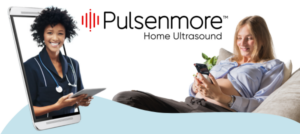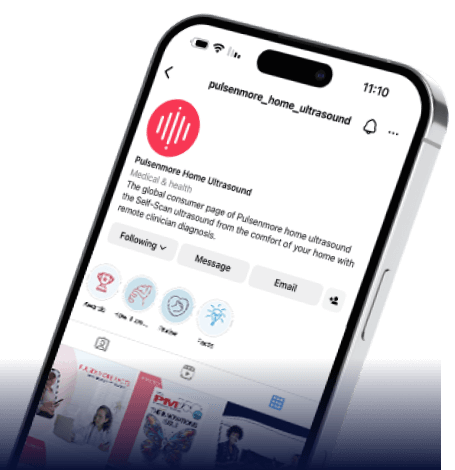Authors:
Nir O, Dvir G, Galler E, Farhi A, Barkai G, Sivan E, Weisz B, Mazaki Tovi S, Tsur A
Objective:
The Covid-19 Pandemic together with technological advancements have led to the increasing use of remote care in many medical disciplines. Maternal-Fetal
Telemedicine has been so far limited mainly to maternal assessment consisting of a video call with an obstetrician, maternal vital signs measurement, and urinalysis. The objective of this study was to determine the feasibility of extending the abovementioned assessment by includingthe fetus
Methods:
This was a prospective, open-label, pilot study including full-term low-risk pregnant participants carrying singleton appropriate for gestational age fetuses. Participants were recruited at the time of their first full-term in-person visit and scheduled for an observation telemedicine visit using novel self-operated fetal monitoring (HeraMED Ltd) and ultrasound devices (PulseNmore Ltd). The telemedicine encounter was conducted at our medical center for safety reasons as this is the first study assessing the integration of different technologies for comprehensive remote maternal-fetal assessment. All participants underwent hands-on demonstration of the appropriate use of both fetal monitor and ultrasound devices. The telemedicine control center was in a separate room within the medical center. During the telemedicine session data including non-stress test fetal monitoring and amniotic fluid single deepest vertical pocket measurements were obtained to assess a modified biophysical profile. Total visit length was measured and compared for both the in-person first visit and the subsequent telemedicine encounter. A patient satisfaction survey form was filled out by the participants, based on the Six Simple Questions (SSQ ). The study was approved by the Medical Center
Results:
Ten women between 40 and 40 weeks of gestation were included in the study. Nine (90%) were able to complete a remote modified biophysical profile assessment. In one participant fetal assessment was not completed due to technically inconclusive fetal monitoring. Importantly, among the nine women completing the remote assessment, one was referred for additional assessment in the delivery room due to non-reactive fetal heart rate and lack of fetal
body movements during the US. Satisfactory single deepest vertical pocket measurements were achieved in 100% of participants.
Telemedicine encounter length (93.1 ±33.1 minutes) was significantly shorter than the in-person visit (247.2 ±104.7 minutes, p<0.01). Six Simple Questions questionnaires indicated high patient satisfaction with the remote care assessment.
Conclusions:
Remote telemedicine fetal well-being assessment by combining a self-operated fetal heart rate monitoring device and a selfoperated ultrasound device is feasible, time-saving, and results in high patient satisfaction. This novel paradigm of comprehensive remote maternal and fetal assessment is associated with important clinical, economic, social, and logistics advantages

Presented at: FMF 19th World congress of Fetal Medicine in Greece, 2022






